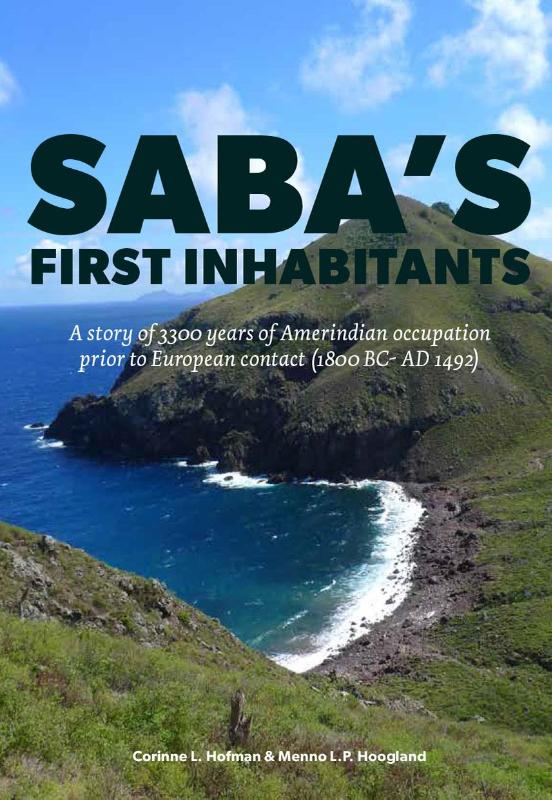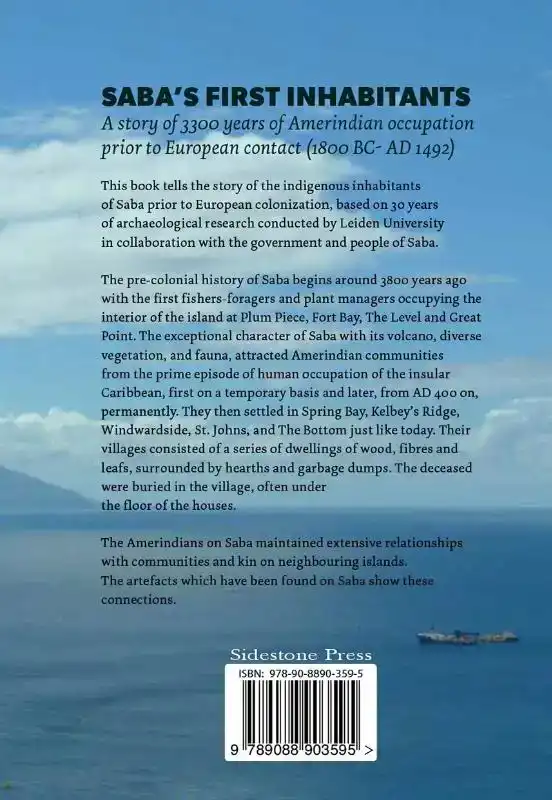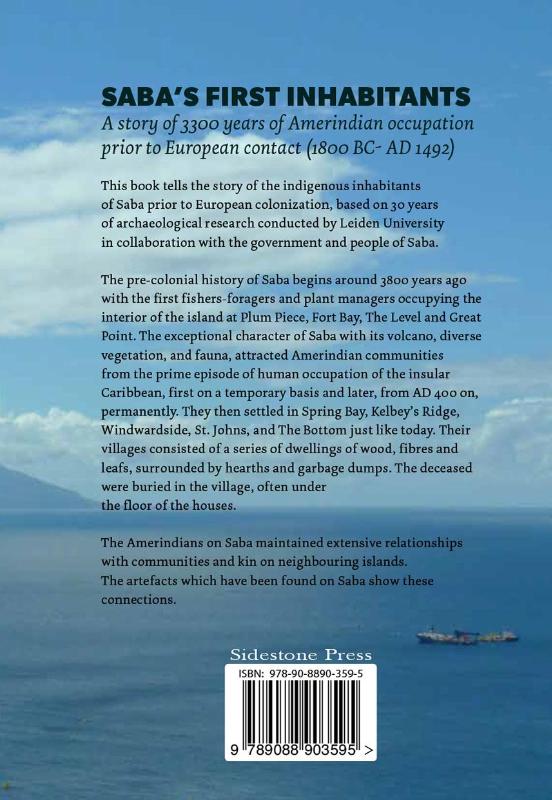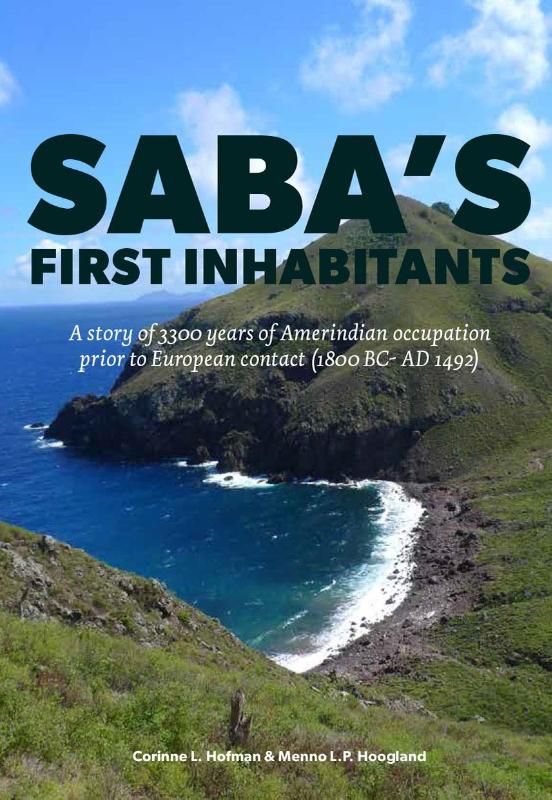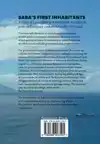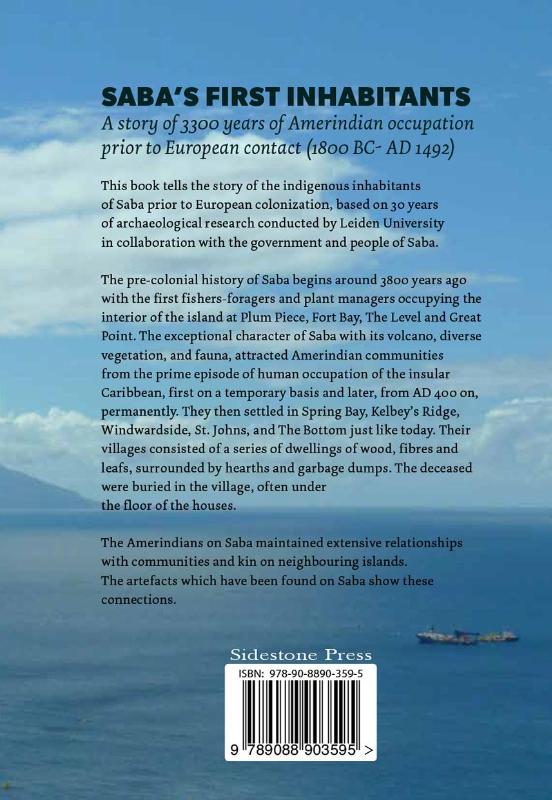- Engels
- Kids
- non-fictiekinder>12
- geschiedenis >12 jaar
- SABA'S FIRST INHABITANTS
HOFMAN, CORINNE L.
SABA'S FIRST INHABITANTS
20,00incl BTW
Vertrouwd sinds 1927
Persoonlijke aandacht en advies
Vanaf 17,50 gratis verzenden NL & BE
Meer dan 150.000 artikelen online
Omschrijving SABA'S FIRST INHABITANTS
This book tells the story of the indigenous inhabitants of Saba prior to European colonization, based on 30 years of archaeological research conducted by Leiden University in collaboration with the government and people of Saba.
The pre-colonial history of Saba begins around 3800 years ago with the first fishers-foragers and plant managers occupying the interior of the island at Plum Piece, Fort Bay, The Level and Great Point. The exceptional character of Saba with its volcano, diversevegetation, and fauna, attracted Amerindian communities from the prime episode of human occupation of the insular Caribbean, first on a temporary basis and later, from AD 400 on, permanently. They then settled in Spring Bay, Kelbey''s Ridge, Windwardside, St. Johns, and The Bottom just like today. Their villages consisted of a series of dwellings of wood, fibres and leafs, surrounded by hearths and garbage dumps. The deceased were buried in the village, often under the floor of the houses.
The Amerindians on Saba maintained extensive relationships with communities and kin on neighbouring islands. The artefacts which have been found on Saba show these connections.
The pre-colonial history of Saba begins around 3800 years ago with the first fishers-foragers and plant managers occupying the interior of the island at Plum Piece, Fort Bay, The Level and Great Point. The exceptional character of Saba with its volcano, diversevegetation, and fauna, attracted Amerindian communities from the prime episode of human occupation of the insular Caribbean, first on a temporary basis and later, from AD 400 on, permanently. They then settled in Spring Bay, Kelbey''s Ridge, Windwardside, St. Johns, and The Bottom just like today. Their villages consisted of a series of dwellings of wood, fibres and leafs, surrounded by hearths and garbage dumps. The deceased were buried in the village, often under the floor of the houses.
The Amerindians on Saba maintained extensive relationships with communities and kin on neighbouring islands. The artefacts which have been found on Saba show these connections.
Reviews
0.0/5.0
Gemiddelde uit 0 reviews
Meest behulpzame reviews
Nog geen reviews geschreven

